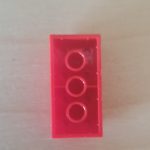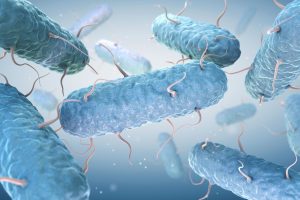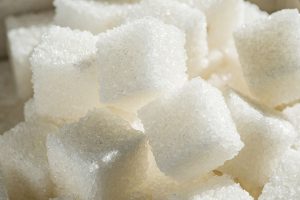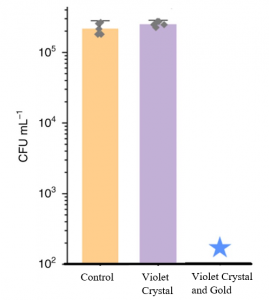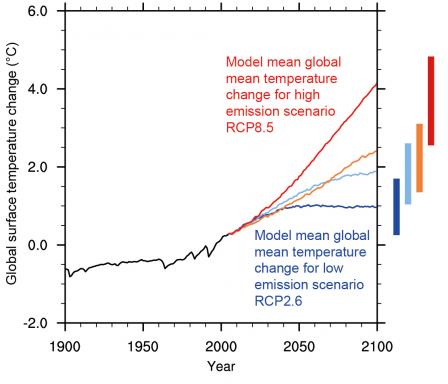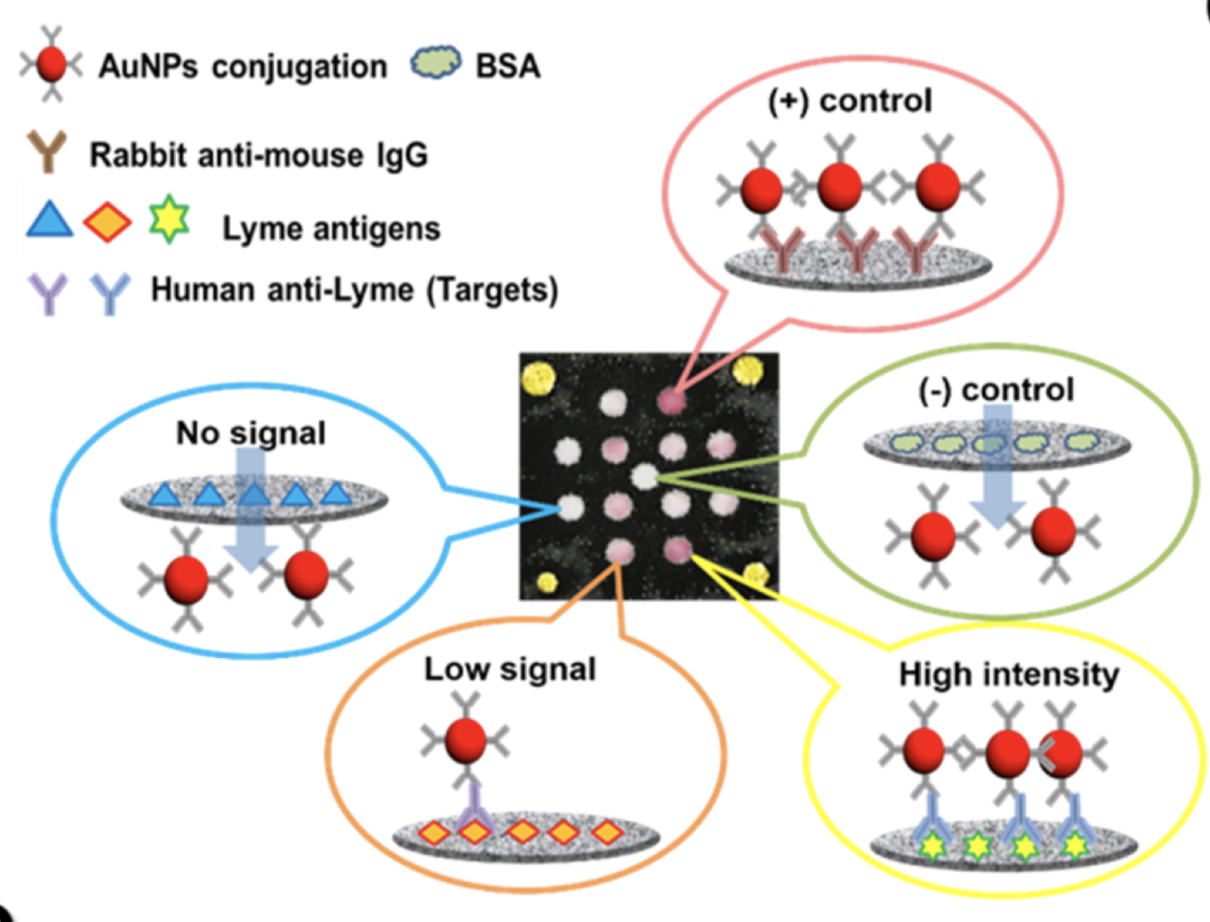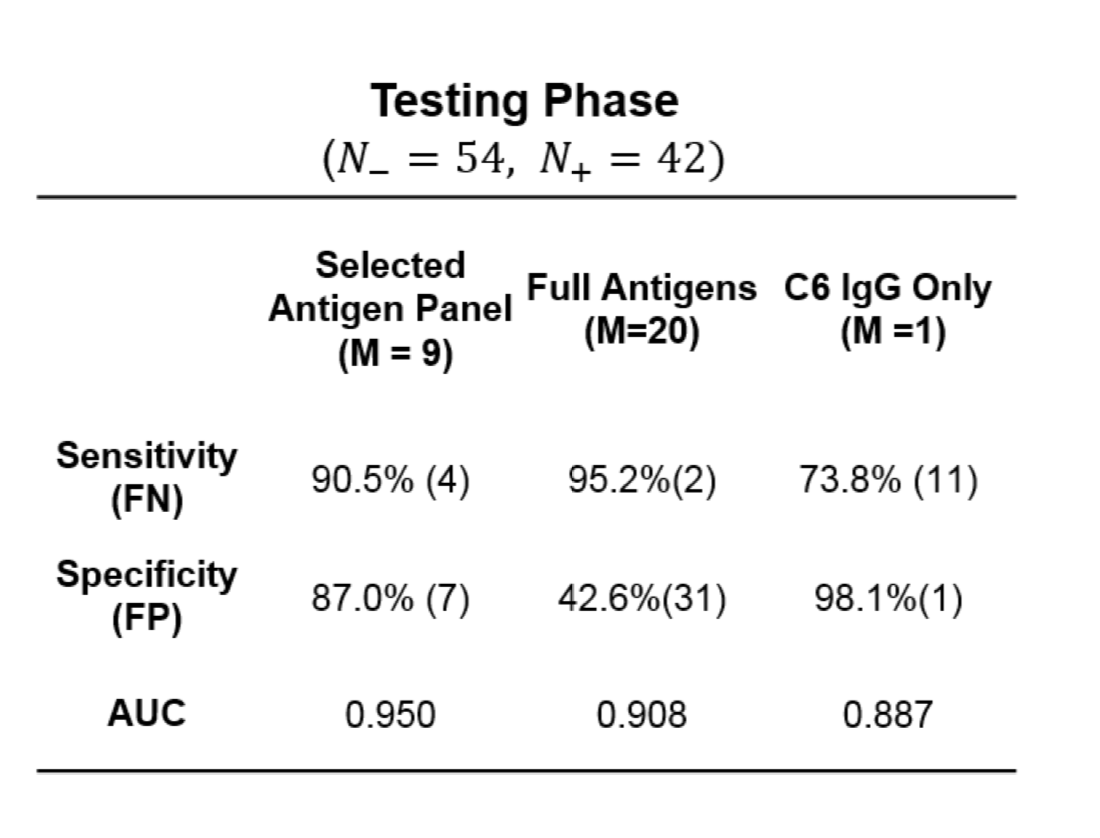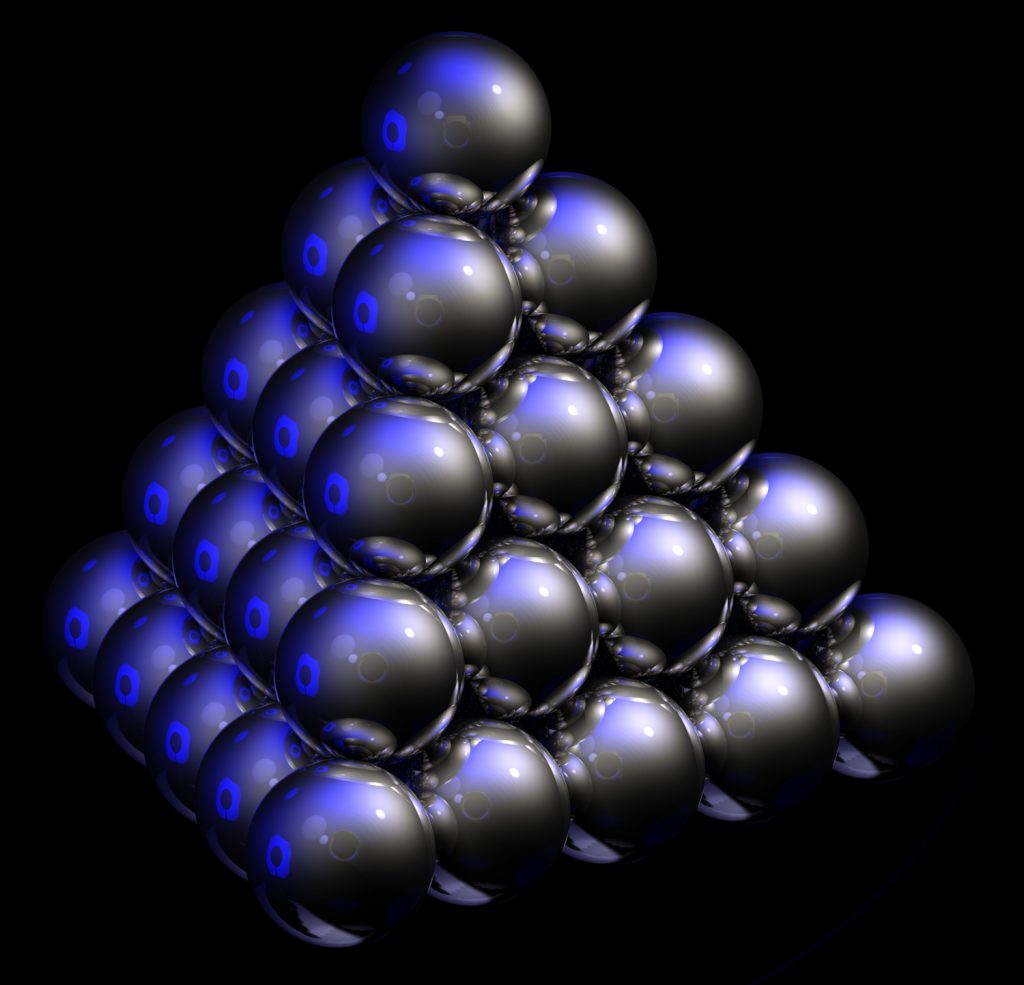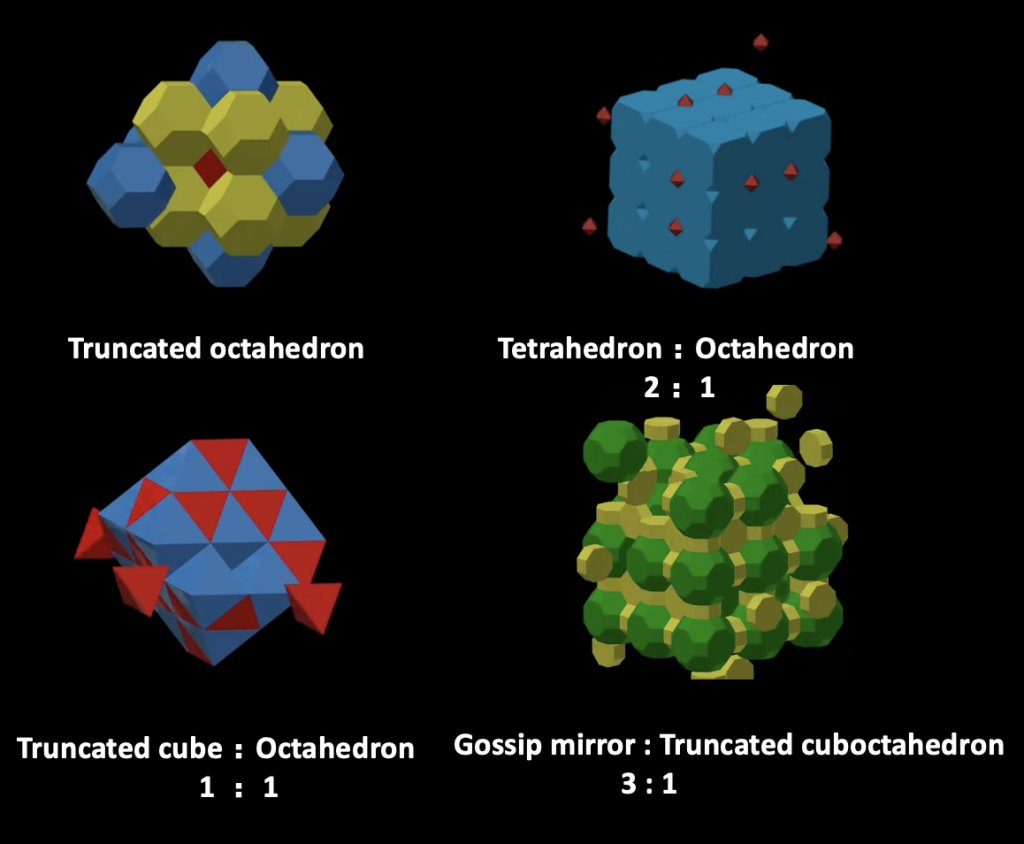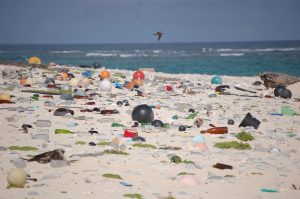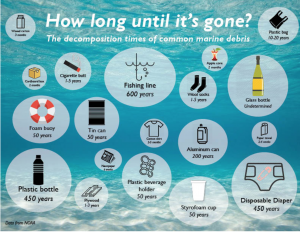When life throws us curveballs, we’re often told to hit them out of the park. However, in a recent study, researchers at Yale University found that when individuals were presented with negative stimuli, those who merely accepted their situations experienced less pain and unpleasant emotion than those who reacted naturally to the stimuli.
First, the researchers introduced participants to the concept of mindfulness, which practices the acceptance of a situation. Then, participants were placed in two different groups: one subject to high heat on the forearm, and the other subject to negative images.
Through brain scans, the team observed that participants who practiced mindfulness had reduced activity in regions of the brain concomitant to pain response and negative emotion upon stimuli compared to those who reacted. Furthermore, the participants self-reported that they experienced significantly less negative affects when they accepted their situations.

Figure 1. Participants (n=16) experienced more negative affects upon seeing negative vs. neutral images (a), and upon feeling hot vs. warm temperatures (b) when they chose to react instead of accepting. The * indicates p<0.05, *** indicates p<0.0001, and error bars indicate standard error. (Credits: Kober et al. (2020))
Mindfulness is already practiced by patients suffering from chronic pain and depression, but these findings show the power that acceptance has even on individuals who have never meditated, and the team believes that mindfulness is a good way to temporarily regulate the intensity of pain and negative emotions.
HOW DOES MINDFULNESS WORK?
Scientists are still unsure of how meditation elicits responses in the brain; perhaps mindfulness allows us to feel more in control of our circumstances when we’re having negative experiences, or it reminds us that we have enough strength to make it through whatever. Nonetheless with this technique added to our repertoire, the next time life throws us a curveball we will be more prepared to deal with it.
-Athena Wang




